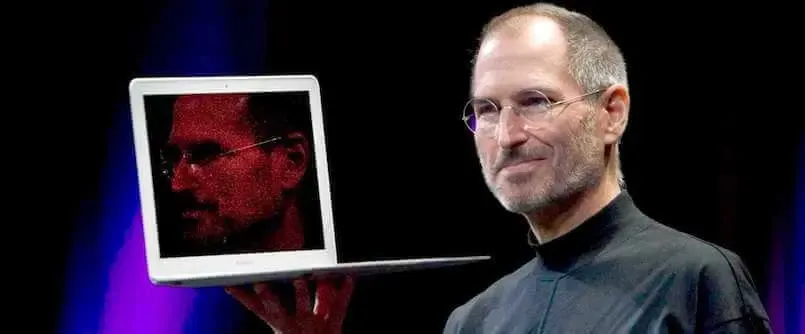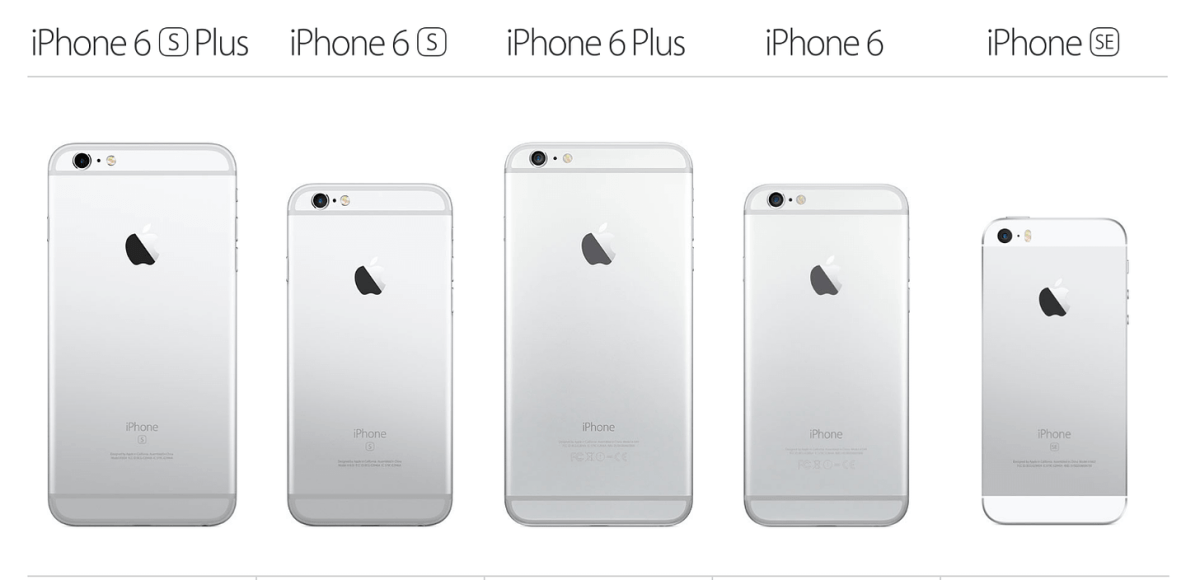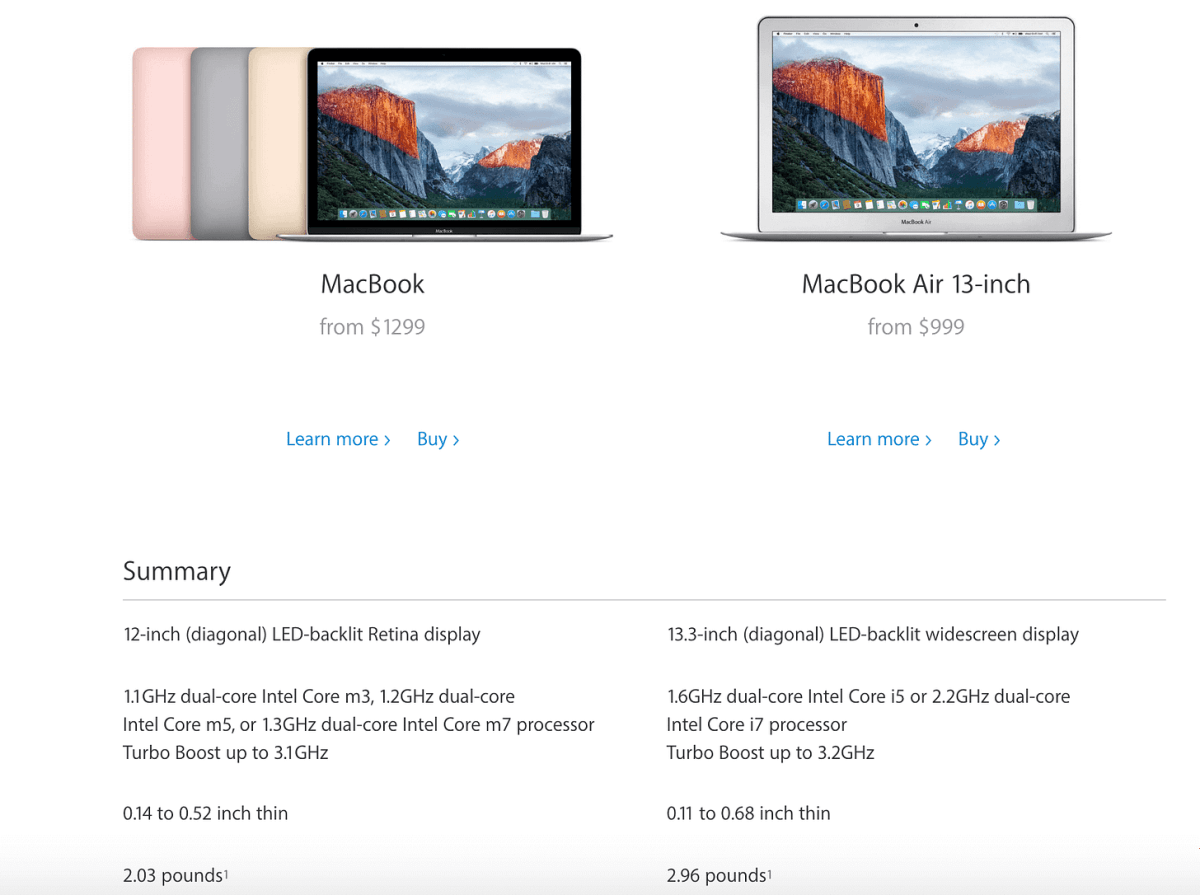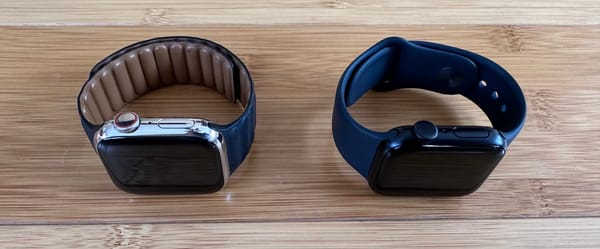It’s Time For Apple To Stop Catering To The Mainstream Market

I got my first iPod 12 years ago and my first MacBook a year later.
I’ve been an avid Apple fan since (check out my collection).
I’ve seen every Apple keynote announcement since 2006.
Steve Jobs sparked my inner entrepreneur.
Being an Apple fan meant something: Individualism, design, simplicity, and thinking differently.
Today, Apple’s products are ubiquitous.
It’s changed how it operates.
I’m still an Apple fan and buy its products on release day.
But…things are getting scary.
What would you do if you were in charge?
Apple’s Current State
- It’s valued at over $530 billion and is the richest company in the world.
- It had a net profit of $93.6 billion last year.
- Its prosperous periods will likely continue due to huge brand equity.
- 43% of American smartphone users have an iPhone (more than any other brand).
- Apple is still good at taking technology others have initiated and simplifying it for the masses.
- It has over $200 billion in cash. It can acquire almost any company to help where technology lacks. For example, if it struggled to get the electric car to the market, it could acquire Tesla (valued a little over $30 billion).
How did Apple get so powerful?
In the the final quarter of 1996, Apple’s sales were down 30% and it was on the brink of disaster. After he was fired in 1985, Steve Jobs returned in 1997.
Jobs inquired about Apple’s best products and asked, “Which ones do I tell my friends to buy?” He didn’t get a solid answer. Apple made a lot of indistinct products and even those were not made well. So he cut product lines by 70%.
Jobs believed in making the best products. Apple couldn’t do that when efforts were many and resources were spread thin. Apple spent the next 14 years building products with simplicity as its guiding principle. Simplicity dictated the functionality of products and the company’s array of products.
Under Jobs, the company didn’t care what the market wanted. It made the market want what it had to offer. Jobs stated, “A lot of times, people don’t know what they want until you show it to them.” Apple knew technology better than the market, and created what it thought the market needed.
Apple made bold products decisions but proved to be right most of the time. It got rid of the floppy drive, neglected to put Adobe Flash on iOS, killed Firewire, and got rid of the CD Drive. Apple wasn’t afraid to set trends if such moves made for better products.
What’s going on now?
During last quarter’s earnings (Q1, 2016), Apple reported a decline in iPhone sales for the first time in its history.
Is Apple starting to split? Will we see a slow deterioration of the biggest company in the world? Or are the failed earnings a hiccup?
For starters, Apple still made a net profit of $18.5 billion last quarter. It was considered a disappointment because Apple’s numbers are relative to their previous year’s quarter, and Apple has set the bar ridiculously high. When you’re already the biggest company in the world it’s hard to keep growing.
It’s not likely that Apple is in immediate trouble. It still has the potential to innovate and has too much cash to go away overnight.
They made a lot of product decisions that sustained their growth and were good short term moves, but now that their growth is stagnant these decisions could hurt the overall brand.
Apple is going to be faced with more of these decisions, as the market for smartphones in India is growing at a rapid rate as 4G is becoming more prevalent. It’s expected the smartphone market will grow by 200% in the next three years to 650 million. The government in India isn’t allowing Apple to sell refurbished phones, so Apple will have to sell older phones to make the products more affordable.
What happens when these “new” markets reach their full saturation point? Is Apple going to retain customers during product refresh cycles?
Questionable “Post-Steve” Decisions
1. Confusing Product Lineups (too many choices).

Apple sells FIVE different iPhones and FIVE different iPads. For the longest time, Apple would come out with the new iPhone and then sell the new phone along with the previous year’s version; there were two phones on the market every year. Now, Apple is selling five different phones AND tablets in THREE different sizes.
And the lines between an iPhone and an iPad are getting blurry. An iPad Mini is 7.9″, but an iPhone Plus is 5.5″.
To make things more confusing, Apple’s “new phone” (iPhone SE) looks exactly like the iPhone 5s but with some internal upgrades.
2. Keeping Inferior Products Alive (MacBook Air).

Apple issued a MacBook and a MacBook Pro. MacBooks were typically for students while professionals used MacBook Pros because of the extra power. Then in 2008, Apple introduced the MacBook Air, which was a thinner but less powerful version of the normal MacBook. It was clear that the normal MacBook would get phased out and we’d have the MacBook Pro and the MacBook Air.
And that’s what happened.
Everything was cool.
But then, last year, Apple introduced a new laptop that’s even thinner than the MacBook Air and called it “MacBook.” And made it 12″, when MacBook Airs sold at 11’ and 13″.
What? The MacBook is lighter than the MacBook Air?
So now we have a very confusing product lineup and perplexing naming structure: MacBook Air, MacBook, and MacBook Pro.
It’s time to cut the MacBook Air line. Its display is ancient and it’s making the product line confusing.
3. Giving the Market What it Wants.
This sounds counterintuitive. Basic marketing says to find a market and then deliver on those needs. When Apple was in its prime it never operated like this.
Now, Apple caters to the market too much. The company is not setting the rules anymore and it’s losing the premium brand allure.
Here are three devices that were forced by the market:
- iPhone 5c – They created a plastic version of the iPhone 5. Their motive was to make phones more affordable in China. This strategy has worked so well for Apple that in 2015 China passed the U.S. for iPhone sales.
- iPad Mini – Apple said previously that anything smaller than a 9.7″ screen wasn’t going to be a good experience. Once they saw others succeed with a smaller tablet, Apple came to the party and didn’t stick to their convictions.
- iPhone 6+ – This was created to get some of the Android users, who liked big phones, to migrate over to the iPhone. They should’ve let Android have their big phones if they believed it wasn’t the best product.
Where should Apple go from here?
Apple’s trying to provide products at every price point, creating “new categories” with different sizes, and selling inferior versions of phones to appeal to the masses. Tim Cook’s job as CEO is to provide as much value to the shareholders as possible. Apple has been very successful at creating huge short term value and it has helped increase sales and growth. It’s tough to envision the decline of Apple when you consider the results the decisions have netted.
Apple is straying from its core principles of simplicity, and in doing so, it’s losing premium brand appeal. It’s sacrificing long term brand value to perform better financially in the short term. Apple no longer provides a “premium product.” It provides products for the masses. Blame the board and investors for their shortsightedness, or blame Apple’s executives for not standing up to the board like Jobs had done.
Apple is giving the customer too many options.
I want Apple to tell me what it thinks is best.
The old Apple was bold and didn’t care what we thought.
From a business perspective, Apple’s moves make sense. It can manufacture old iPhones and iPads cheap; the price of technology decreases due to economies of scale and there’s still a market for the devices.
So why not continue to sell them?
But that’s the problem, Apple didn’t become the highest valued company in the world by playing by the book.




